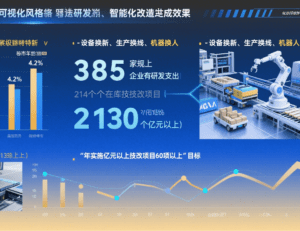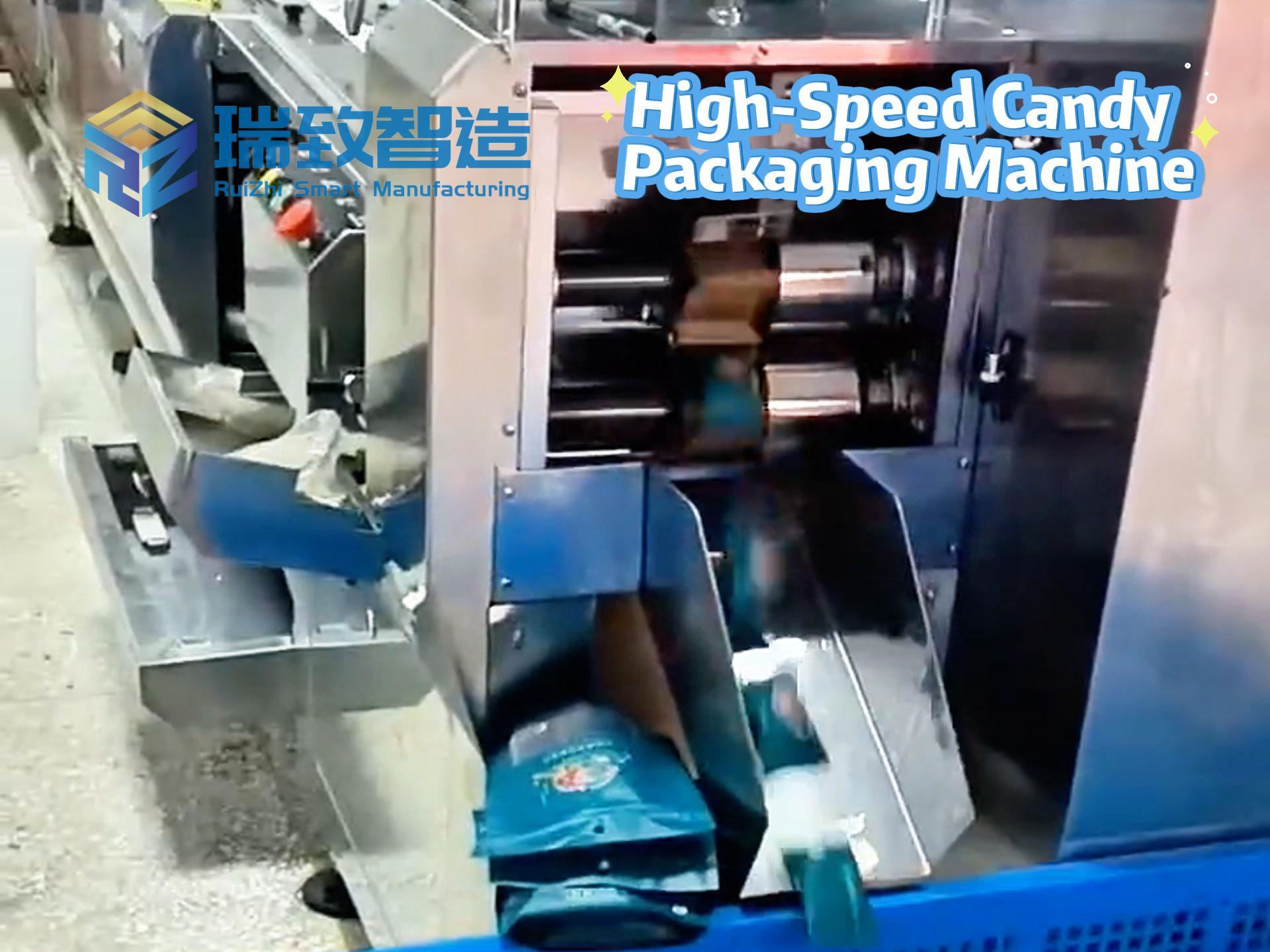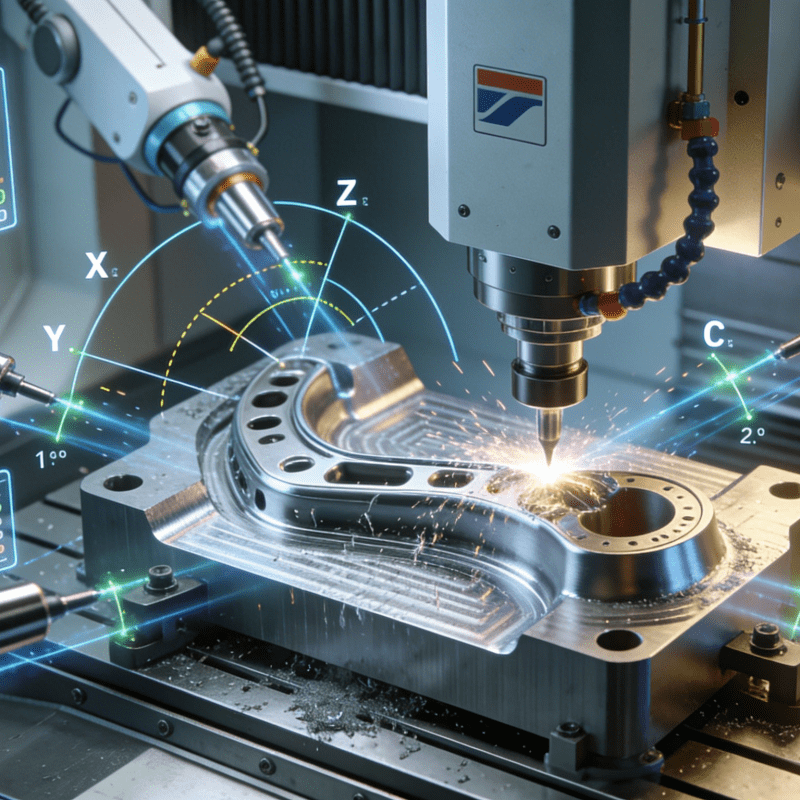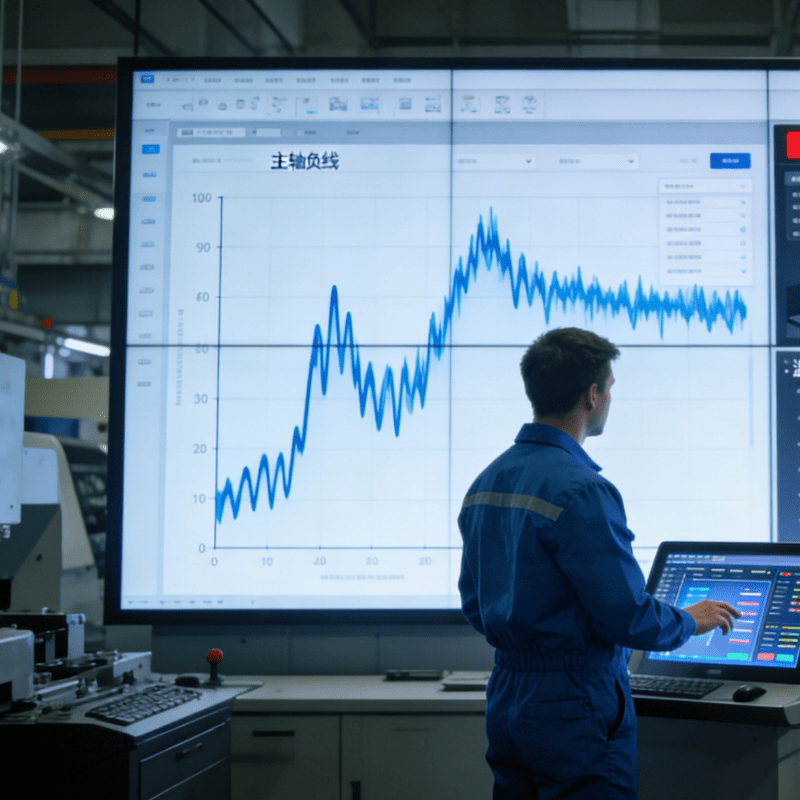
Currently, Bozhou is home to 219 provincial-level “Specialized, Refined, Differential, and Innovative” (SRDI) enterprises and 4 national-level SRDI “Little Giant” enterprises (including Yazhu Diamond and Hanlian Colored Spinning). There are 115 provincial-level SRDI enterprises in the cultivation pool, and 69 “Little Giant” enterprises are planned to be cultivated during the 2025-2028 period. In recent years, the Bureau of Industry and Information Technology of Bozhou has focused on key areas such as enterprise technological innovation, platform carrier construction, promotion of innovative products, sci-tech financial support, and environment optimization. It has implemented targeted policies and efforts to continuously enhance the innovation capability of the manufacturing industry, injecting strong impetus into the high-quality development of the industrial economy.
Consolidating the Foundation for Innovation and Activating the Vitality of Enterprise Entities
In supporting enterprises’ technological innovation, Bozhou has steadily advanced the “two zeros” initiative for R&D investment (zero enterprises without R&D activities and zero R&D expenses unrecorded). It has jointly organized 32 thematic training sessions with multiple departments, covering all industrial enterprises above the designated size, helping enterprises standardize the collection of R&D expenses and implement preferential policies such as additional deductions for value-added tax (VAT). As of May 2025, 385 industrial enterprises above the designated size (accounting for 45%) have R&D expenditures, among which 293 enterprises (accounting for 34%) have R&D expenses accounting for no less than 3% of their revenue. The proportion of R&D expenses in the revenue of provincial-level SRDI enterprises reaches 4.2%, 2.2 percentage points higher than the average level of industrial enterprises in the city.
In the field of technological research, Bozhou has identified 26 reserve projects for industrial chain technological transformation, with a total investment of 6.76 billion yuan (including 3.64 billion yuan in equipment investment). It focuses on promoting intelligent transformation through “equipment renewal, production line replacement, and machine replacement”. Many manufacturing enterprises have achieved dual improvements in production capacity and quality by introducing automated equipment. For example, in the supporting production of medical equipment, some enterprises have deployed Thermometer visual labeling machines. These machines can accurately identify the scale position of thermometers through machine vision, achieving a label attachment deviation of ≤0.1mm. At the same time, they integrate data traceability functions, increasing labeling efficiency to more than 3 times that of traditional manual work. This effectively meets the strict requirements of medical products for label attachment accuracy and compliance, and serves as a typical case of Bozhou’s promotion of “machine replacement” in segmented manufacturing scenarios. Bozhou plans to implement more than 60 key technological transformation projects with an investment of over 100 million yuan each year. Currently, there are 214 technological transformation projects in the database (including 130 projects with an investment of over 100 million yuan and 16 projects with an investment of over 1 billion yuan).
The cultivation of SRDI enterprises has achieved remarkable results, with a tiered growth path established: “High-Tech Enterprises → SRDI Enterprises → Gazelle/Unicorn Enterprises → Single-Product Champions/Chain-Leading Enterprises”. Currently, the city has 219 provincial-level SRDI enterprises and 4 national-level SRDI “Little Giant” enterprises (including Yazhu Diamond and Hanlian Colored Spinning). There are 115 provincial-level SRDI enterprises in the cultivation pool, and 69 “Little Giant” enterprises are planned to be cultivated during the 2025-2028 period.
Strengthening Platform Carriers to Build a Solid Innovation Support System
Bozhou has continuously promoted the tiered cultivation of innovation platforms. Currently, it has 2 provincial-level manufacturing innovation centers (Hanlian Colored Spinning New Fiber Colored Spun Yarn Innovation Center and Oriental Diwei Animal Vaccine Innovation Center). In 2025, it has newly recommended Fanfeng Vacuum Equipment Innovation Design Center and Jiaoyang Soft Door Smart Home Innovation Center to apply for provincial-level innovation centers, while simultaneously cultivating potential enterprises such as Chuwang Pharmaceutical Machinery and Woyang Honglu Building Materials.
The construction of enterprise technology centers has advanced steadily. A total of 86 provincial-level enterprise technology centers and 166 municipal-level enterprise technology centers have been recognized. In 2025, 8 new applications for provincial-level centers have been submitted, and 15 municipal-level centers have been recognized. A cultivation pool for provincial-level enterprise technology centers (including 8 enterprises such as Bozhou Xinao Gas and Sidi Energy) and a cultivation pool for provincial-level industrial design centers (including 10 enterprises such as Bozhou Dingji Shoe Materials and Mengcheng Fanfeng Vacuum) have been established to reserve strength for the upgrading of innovation platforms.
Continuous breakthroughs have been made in the construction of national-level innovation platforms. Currently, there is 1 national-level enterprise technology center (Anhui Hanlian Colored Spinning National Enterprise Technology Center). In the future, Bozhou will focus on addressing enterprises’ weaknesses, strengthen cultivation guidance, and promote more enterprises to meet the standards and apply for national-level platforms.
Promoting Innovative Products to Accelerate the Transformation and Application of Achievements
In terms of the application of “Three Firsts” products (first sets of equipment, first batches of new materials, and first versions of software), Bozhou has been recognized for 12 “Three Firsts” products, including 4 first sets of equipment, 1 first batch of new materials, and 7 first versions of software. A cultivation pool has been established, with multiple enterprises listed for first sets of equipment, first versions of software, and first batches of new materials respectively.
Strengthening Financial Support to Optimize the Sci-Tech Innovation Environment
Bozhou is promoting the establishment of sub-funds such as Woyang Chemical New Materials Fund, Lixin Textile Fund, and Bozhou-Wuhu Magnesium-Based Fund, which are included in the overall pool of the provincial SME parent fund. Currently, these funds are in different stages of advancement. Seizing the special reloan policy, Bozhou has obtained approval for 46 special reloan projects in the industrial sector for technological transformation and equipment renewal, involving a loan demand of 923 million yuan. In the next step, it will expand project reserves, optimize the application process, and closely monitor project implementation to ensure the effective use of funds. In terms of tax incentives, 114 advanced manufacturing enterprises received VAT additional deductions of 75.7868 million yuan in 2024, and 70 enterprises have been recommended to apply for this policy in 2025.
Key Terminology Notes:
(SRDI):Abbreviation for “Specialized, Refined, Differential, and Innovative”, a national initiative in China to support small and medium-sized enterprises (SMEs) in developing core competitiveness through focused, high-quality, and innovative development.
(Little Giant Enterprises):A subset of SRDI enterprises, referring to leading SMEs with strong innovation capabilities, core technologies, and market competitiveness at the national level.
(Three Firsts Products):A policy-supported category in China, including “first sets of major technical equipment”, “first batches of key new materials” , and “first versions of key software” , aiming to promote the industrialization of innovative achievements.
(R&D Investment ‘Two Zeros’):A local policy in Bozhou targeting industrial enterprises, aiming to achieve “zero enterprises without R&D activities” and “zero R&D expenses unrecorded” to boost overall R&D input.
What is the difference between assembly and subcontracting?
How to optimize the assembly process of an assembly machine?





















